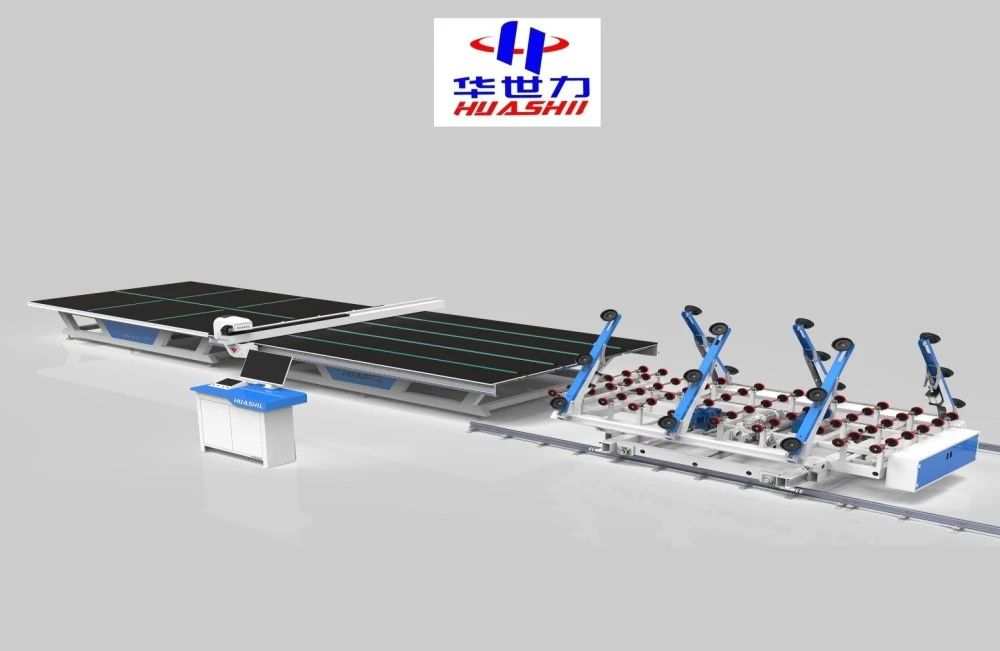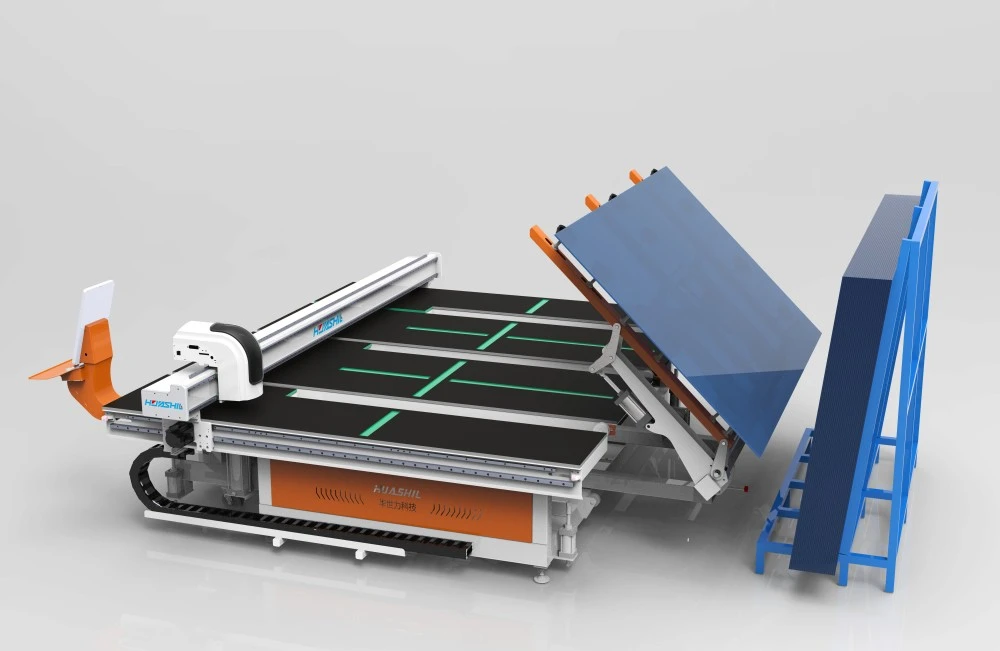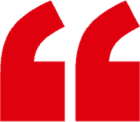Initial investment vs. long-term productivity gains
When evaluating the purchase of a cutting machine for glass table, the upfront cost can be quite significant, often reaching into the hundreds of thousands of dollars for high-end models with advanced automation and precision features. While this sticker price may seem daunting initially, it’s important to consider the broader picture by focusing on the long-term productivity benefits that a top-tier cutting machine for glass can deliver. Modern CNC cutting machines for glass are designed to maximize efficiency; for example, they can process up to 30% more glass per shift compared to older or less sophisticated models. This enhanced throughput translates directly into higher production capacity, which in turn can significantly increase your overall revenue potential over time.
Additionally, precision plays a critical role in the profitability of glass cutting operations. Higher quality cutting machines for glass offer superior accuracy, which minimizes material waste caused by cutting errors or inaccuracies. Considering that raw glass materials can be costly, reducing scrap can lead to substantial savings and improved profit margins in the long term. A more expensive but highly precise cutting machine for glass often pays for itself by decreasing waste and improving yield.
Versatility is another key factor. Cutting machines for glass capable of handling a wide variety of glass types and complex cutting patterns enable businesses to expand their service offerings and attract a broader client base. While these multifunctional cutting machines for glass may require a larger initial investment, they open doors to new markets and project types that may otherwise be inaccessible. Overall, focusing on the long-term productivity gains rather than just the upfront cost provides a clearer picture of the cutting machine for glass’s value.

Hidden costs: maintenance, training, and upgrades
While the initial purchase price of cutting machine for glass is the most visible expense, several hidden costs should be carefully considered to avoid unexpected financial burdens down the road. Maintenance represents one of the most significant ongoing costs. High-performance cutting machines for glass often require specialized care, including routine servicing to maintain precision, replacement of wear parts, and occasional technical support visits. These maintenance activities may cause downtime, reducing production capacity temporarily and affecting delivery schedules. Many manufacturers offer maintenance contracts that bundle these services to help control costs, but the expense must still be accounted for when budgeting.
Training costs are frequently overlooked but are crucial to ensuring the safe and efficient operation of new cutting machine for glass. Operators may need specialized instruction, which can involve sending staff to training sessions provided by the manufacturer or hiring external experts to conduct on-site training. Investing in proper training reduces operational errors and enhances worker safety but also represents a time and monetary investment that companies must prepare for.
Another often underestimated factor is the cost of software and upgrades. Modern cutting machines for glass typically rely on sophisticated software for pattern design, machine control, and diagnostics. Software licenses, updates, and potential compatibility issues can add recurring expenses. Moreover, the glass cutting industry continuously evolves, and what is considered state-of-the-art today may become obsolete within a few years. Cutting machine for glass with modular designs that allow for easy upgrades can help manage these costs, but upgrade expenses should still be factored into the total cost of ownership to maintain long-term competitiveness.
ROI calculation: when to upgrade your equipment
Calculating the Return on Investment (ROI) for a glass cutting machine, such as a 3826 model or similar equipment, is a vital step in deciding when to invest in an upgrade. Begin by thoroughly assessing your current production capabilities: quantify how much glass is processed per shift, identify error rates, and determine the amount of downtime caused by maintenance or repairs. Understanding these baseline metrics provides a foundation for comparison against potential new machinery.
Next, evaluate the benefits that a new cutting machine for glass could bring to your operation. Improvements might include faster cutting speeds, enhanced precision reducing scrap rates, and the capacity to handle more complex or diverse projects. Assigning monetary value to these gains—such as increased output or decreased material waste—helps in creating a clearer picture of the financial impact. It’s important to also consider the lifespan of the new equipment, often expected to be 10 to 15 years or more, and spread the capital cost accordingly when calculating the ROI.
Don’t forget to include hidden expenses such as training, maintenance, and possible future upgrades into your calculations. These ongoing costs affect the overall profitability of the investment. Furthermore, factor in the opportunity costs of delaying the upgrade: missing out on contracts because of outdated equipment or losing clients to competitors who offer faster turnaround or better precision can significantly impact your bottom line.

As a practical guideline, if a new glass cutting machine can recoup its cost within 3 to 5 years through increased efficiency, expanded capabilities, or new business opportunities, it generally represents a sound investment worthy of consideration.
Conclusion
Balancing the cost and performance of a cutting machine for glass is a complex decision that requires careful consideration of multiple factors. While the initial investment can be significant, the long-term benefits in terms of increased productivity, precision, and versatility can often justify the expense.
At Shandong Huashil Automation Technology Co., LTD, we understand the challenges faced by businesses in the glass processing industry. Our range of cutting-edge cutting machines for glass is designed to offer the perfect balance of cost-effectiveness and high performance. With years of experience in R&D, manufacturing, and sales of automated mechanical equipment, we're uniquely positioned to help you find the ideal solution for your specific needs.
Ready to take your glass cutting capabilities to the next level? Contact us today at salescathy@sdhuashil.com to discuss how our advanced glass cutting machines can boost your productivity and drive your business forward. Let's work together to find the perfect balance of cost and performance for your glass cutting needs.
References
1. Johnson, M. (2022). The Economics of Glass Cutting Machinery: A Cost-Benefit Analysis. Journal of Industrial Engineering, 45(3), 287-301.
2. Smith, A. & Brown, B. (2023). Technological Advancements in Glass Cutting: Performance Metrics and Economic Implications. Glass Technology Review, 18(2), 112-128.
3. Lee, C. et al. (2021). ROI Calculations for Industrial Machinery Upgrades: A Case Study in Glass Manufacturing. International Journal of Production Economics, 234, 108765.
4. Garcia, R. (2023). Hidden Costs in Glass Processing Equipment: A Comprehensive Analysis. Industrial Management & Data Systems, 123(4), 789-805.



